
Big Healey With Miata Mechanicals
Text and photos by Rob Hawkins
Winston Churchill once referred to Russia as “a riddle wrapped in a mystery inside an enigma.” That might still hold true today, but the appeal of the Enigma from Healy Designs is hardly puzzling.
After all, the Austin Healey (as originally spelled, and the inspiration for Healy’s Enigma) is an iconic sports car with an extensive racing history. But it hasn’t always been available in in replica form, and the authentic item can be pricey and expensive to maintain.
A capable repro called the Sebring was previously offered in the U.S. by the long-gone Classic Roadsters. While there have been other attempts to kick-start various versions of the car, the Enigma is currently the last man standing. Good thing, because it rekindles the looks of the sports car that blew many competitors into the weeds during the Fifties and Sixties—and at much more affordable price.
While an authentic Austin Healey runs as high as $50K or more, an MX-5 Miata-based Enigma costs much less to build, about half that figure in all. Of course, the engine and chassis configuration are not the same, but that’s the whole point of its updated design and modern donor components.
We first saw the Enigma in 2011, but orders weren’t being taken until last year when development had been completed to a satisfactory level. Healy’s Martin Williamson and his business partner Mick Snell haven’t stopped tweaking and improving the design, and have recently revised it to accept Mazda MX-5 Mk3 donor components. The car seen here is based on Mk1 and Mk2 parts and is still available in kit form.
There are several recognizable aspects of the Enigma that reveal traits of the MX-5. The hood, doors, glass and windscreen are all sourced from the MX-5, so the shape of the body tub has to be similar to the donor vehicle to ensure that all these parts fit together. The car is a little wider, however, than an MX-5, allowing the cockpit to offer more space, along with lower seating. The extra seating space was a deliberate design, intended to appeal to the U.S. market where the MX-5’s cockpit is regarded by many as being too small.
Construction of the Enigma starts with the strip-down of an MX-5 to remove its body shell and retrieve the front and rear rolling subframes, which are connected together with a drive shaft and aluminum framework (called the PPF for Power Plant Frame). A substantial steel chassis bolts on top of this assembly, which includes 1.5mm-thick sheet steel for the floors and a box-section gearbox and drive shaft tunnel.
MX-5 doors are hinged onto the chassis. The lower outer skin of these doors is modified to change their appearance. This can be done on an exchange basis where Healy Designs inserts a new lower steel skin. Alternatively, a fiberglass skin can be supplied in the kit and fitted yourself.
Similar options involve the windscreen surround. This can be cut off the donor MX-5 and reused, or a fiberglass surround can be supplied in the kit, which requires a steel insert fitting from the MX-5.
The Enigma’s fiberglass bodywork consists of a front and rear body tub, the aforementioned windscreen surround, front and rear bumpers, sill inserts and a section at the rear to allow the MX-5’s hood to be reused.
Estimated build time for an Enigma once the donor components are ready is about 250 hours (allow a day or two to strip down an MX-5). Build costs vary, but about $25K is a reasonable estimate once you’ve paid for the kit ($10,205, with U.S. delivery and any other import fees to be determined), a donor MX-5, paint and extras including the recommended larger diameter 17-inch wheels with a 35-40mm offset.
To date, orders for Enigma kits have almost exceeded 30 (including nearly a dozen sales to the U.S.) and the recent unveiling of the Mk3 MX-5 based kit at Donington demonstrated that Healy Designs is thinking ahead. The Mk3 cars are now selling for around $3K to $5K (Or much less for a salvage car. Once Miata expert we know notes that they are very easy to salvage, so even a light hit can net a driving donor with no issues with the parts you'd use for a conversion.) They have the largest engine of all models, along with a six-speed manual gearbox.
To date, orders for Enigma kits have almost exceeded 30 (including nearly a dozen sales to the U.S.) and the recent unveiling of the Mk3 MX-5 based kit at Donington demonstrated that Healy Designs is thinking ahead. The Mk3 cars are now selling for around $3K to $5K (Or much less for a salvage car. Once Miata expert we know notes that they are very easy to salvage, so even a light hit can net a driving donor with no issues with the parts you'd use for a conversion.) They have the largest engine of all models, along with a six-speed manual gearbox.
However, there’s surely nothing wrong with a Mk1 or 2 based Enigma. My daily driver is a tatty ’98 Mk2 with a 137hp 1.8-liter standard twin cam under the hood that’s fun to drive, agile on country lanes and capable of swallowing miles of motorway when I need to get around the U.K. I can’t think of a better and more capable sports car for the money, and turning it into an Enigma is very tempting. So can I be persuaded?
My initial thoughts on the looks of the Enigma were that it’s correctly proportioned and cleverly updated. Using BMW Mini headlights at the front and Micra K12 light units at the rear is a familiar project-car trick that often pays off. Firstly, people recognize the parts and feel familiar with the car. Secondly, they’re cheaper than developing your own and easy to source.
The choice of larger 17-inch wheels helps to fill out the wheel arches and provides a sufficiently modern look that combines retro with classic. When I bought my own MX-5, it too, had 17-inch wheels, but they weighed twice as much as a standard Mk1 14-inch wheel and tire (48.5 lbs instead of 24.25 lbs), so I swapped them. The smaller wheels don’t look as good, but my MX-5’s handling has improved, and there’s no scuttle shake and the speedo is more accurate.
Getting into the Enigma is familiar territory. Everything feels like an MX-5, from the clunk of the door to the re-upholstered seating, trim, instruments and switches. The only alterations are a lower seating position and a longer throw of the taller gear stick—it’s necessary to mount it a little further back to avoid fouling the center console. The Enigma’s cockpit does feel more spacious than an MX-5 and the seating position is definitely lower.
On the road, the Enigma is solid and stable, but Martin did warn me of a couple of points. First, the 1.8-liter engine was suffering from a loss of power and second, he had recently fitted a set of AVO coil-overs, only to discover they were too harsh. Both of these problems were immediately obvious.
I also feared the large 17-inch wheels weren’t helping to aid acceleration. And the harsh ride quality was utterly disappointing, crashing over every undulation and possibly the cause of several panel rattles. On top of that, the steering seemed to be a little notchy and the overall car felt like it should be more agile and capable than it was.
Fortunately the fix is fairly simple: fit a set of softer dampers, sort out the engine trouble and change the wheels for either lightweight or smaller diameter alloys and the Enigma should feel like a completely different car.
However, as Martin explains, “Our cars are touring cars for the over 30s and all our customers love that. They want comfort not speed, and that was the brief from our American agent. If customers want more power they can fit the Lexus V8 or remap the Mk2 1800 engine to 175hp. The two liter is ripe for tuning with the supercharger and those engines are bulletproof.” (Editor’s note: Given the popularity of Cobras and other performance cars stateside, we’re not inclined to agree with the above comment about “comfort not speed”, but to each his own.)
I can see what Martin means and I’m keen to see the Enigma become a success because the car looks fantastic and it appeals to a large number of people. It has the right ingredients to succeed, and because the demonstrator seen here didn’t live up to its expectations, I sought out a solution in another Enigma.
I never like to say something is rubbish without exploring all avenues and understanding why it has disappointed. So when I came away from test driving the Enigma at Healy Designs, I understood why I was disappointed on account of the harsh suspension, panel rattles and underpowered engine, but I wanted to drive an example that didn’t have these problems. Some 200 miles north of Healy Designs, northern agent Malcolm Badger of Automotive Creation Limited had a Mk2 MX-5 based car ready and waiting. I had to try it out.
By coincidence, this second car is the same color as the other car, but it’s a little shorter than the demonstrator at HD. This is down to development, but all Enigmas are now the same length, with a 100.4-inch length wheelbase and an extra nine inches more at the front than a standard MX-5.
This particular car also has a 1.8-liter engine, so I realized that I could draw a direct comparison with the first demonstrator and the performance from my own MX-5 that has the same engine. However, it’s also essential to note that the Enigma isn’t an alternative to the MX-5.
From behind the steering wheel, I set off and recalled as much information as possible about how the first test drive had felt. Two points were instantly obvious. First, there were no panel rattles. The car felt just as solid as the first one, but with greater refinement. Secondly, the suspension was equally refined and civilized.
I breathed a sigh of relief, confident the Enigma could offer a refined ride quality with the correct suspension components. The only aspect that disappointed was acceleration, hindered once more by large 17-inch wheels.
The car was noticeably more rapid than the first test car, but still not as lively as you’d expect from the MX-5’s 1.8-liter twin cam. Fortunately, there are a few solutions to this problem involving experimenting with different wheels and differentials. Also, the Mk3 MX-5 uses larger wheels as standard and an even larger engine, so its gearing may be more suitable.
I left ACL satisfied that the Enigma is worthy of serious consideration as a practical two-seater sports car based on reliable MX-5 components. The build quality is on a par with production-car quality and the looks will undoubtedly attract interest from around the world—right in keeping with the original Austin Healey. And that’s no mystery.


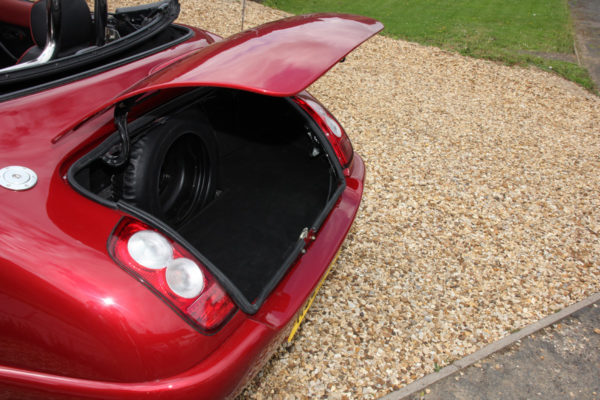
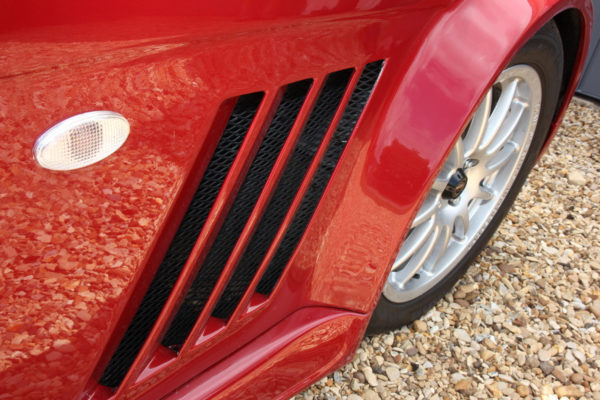
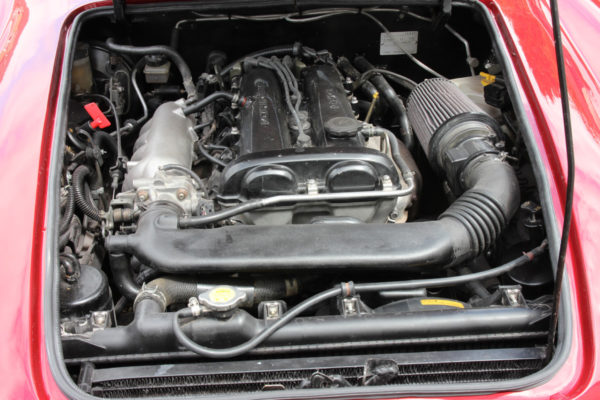
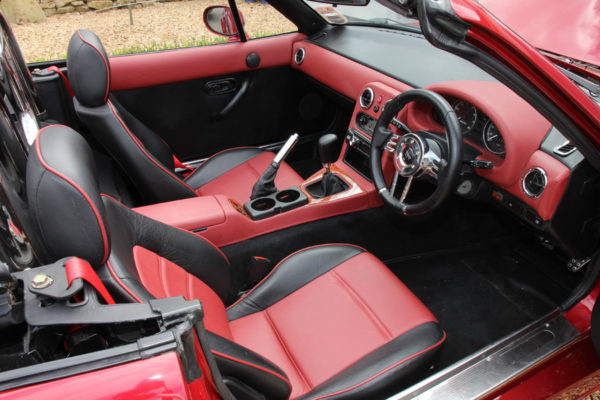
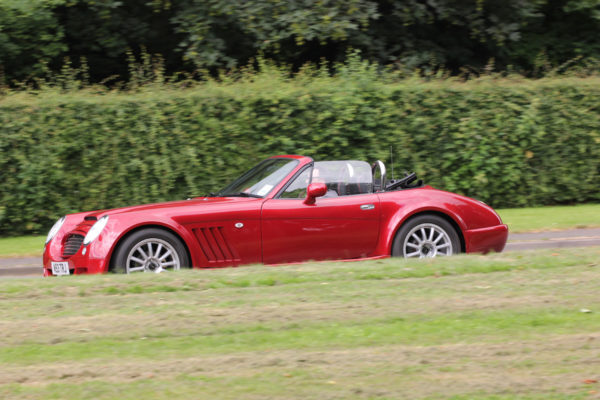
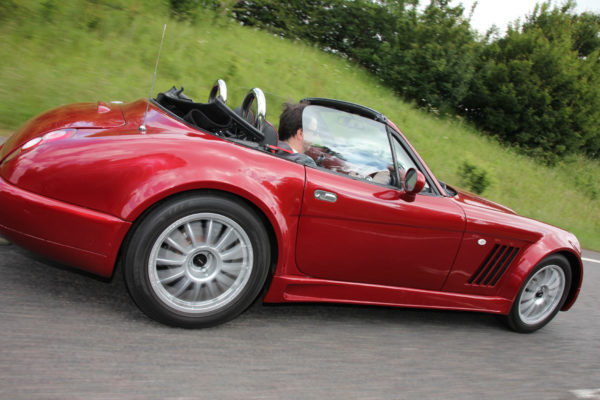
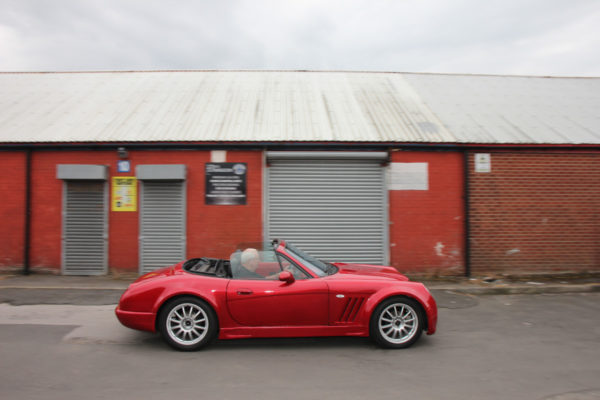
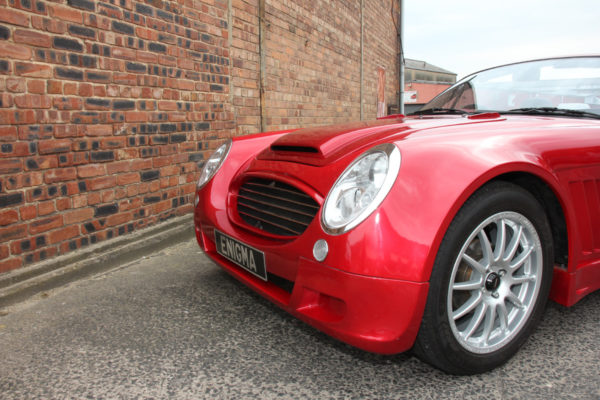
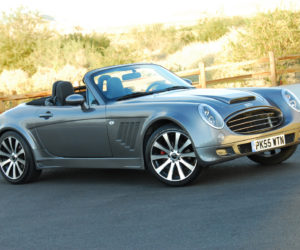
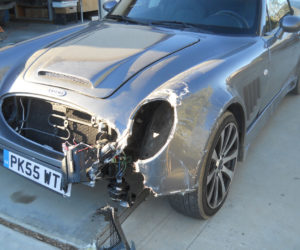
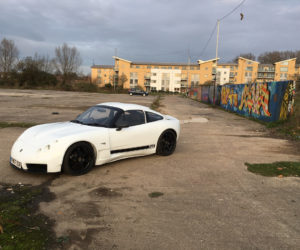
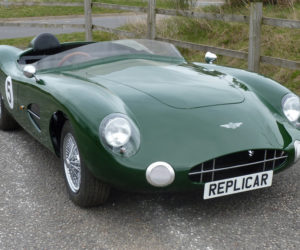
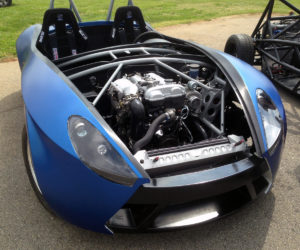
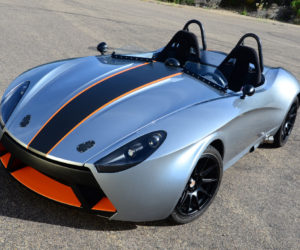




Comments for: ENIGMA MACHINE
comments powered by Disqus